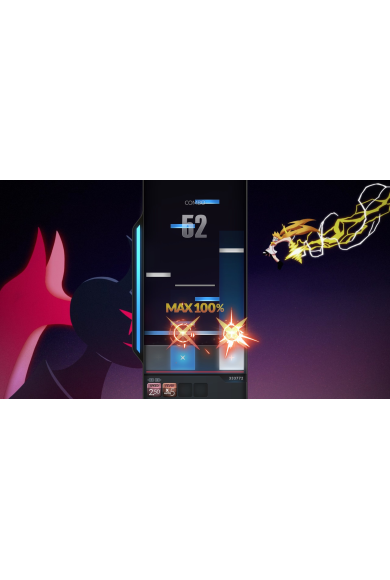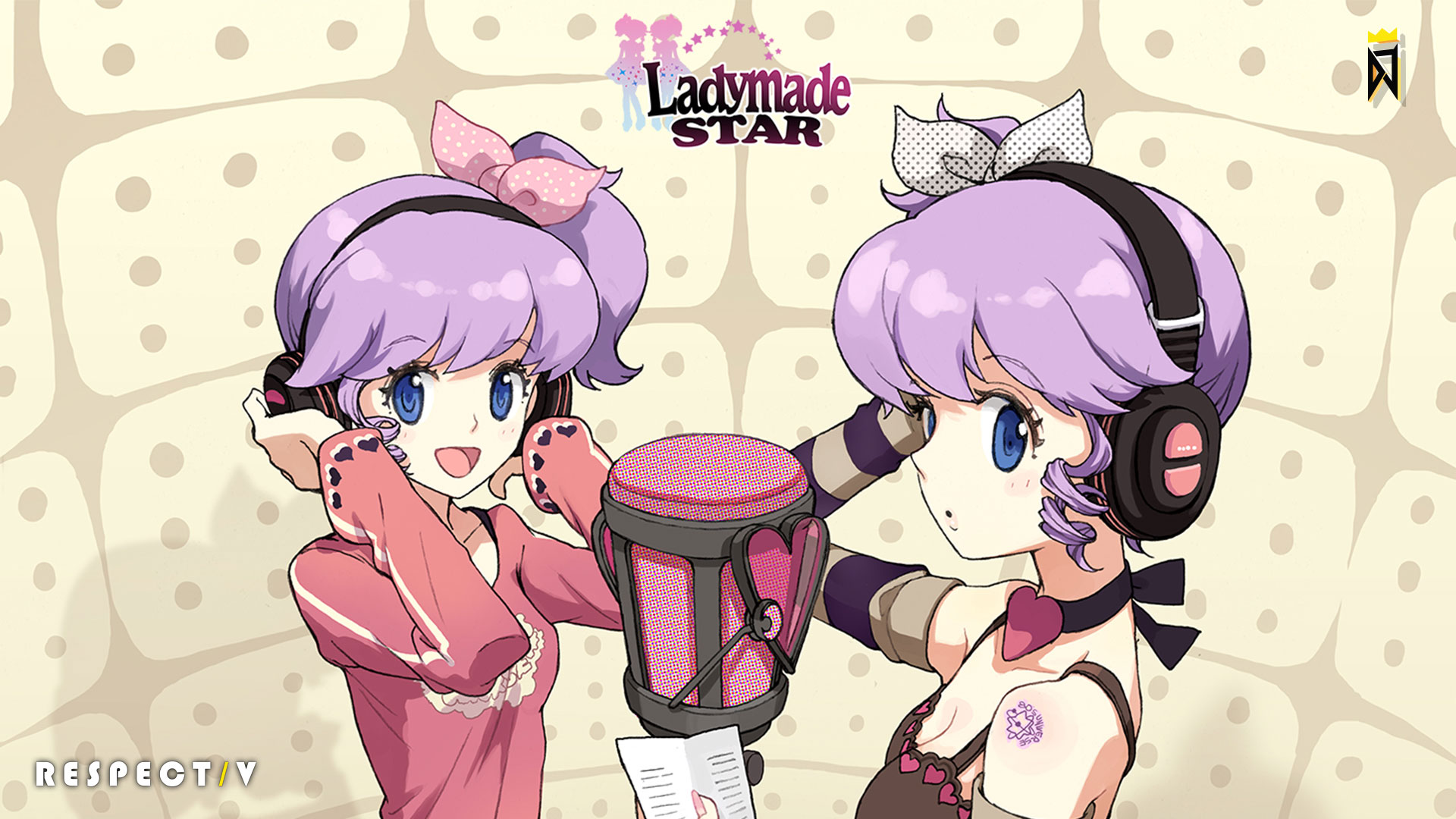
Thankfully you get an AI fleet of your own as backup, but you'll still be doing most of the heavy lifting.


In Assassin's Creed IV: Black Flag, there are five legendary ships that you can fight in any of the four corners of the map: The HMS Prince, who will pester you from afar with mortar shots, La Dama Negra, who can only be fired at from behind, The HMS Fearless and The Royal Sovereign, who will surround and double-team you, and the infamous El Impoluto, who uses her greater speed and maneuverability to ram your elite hull armor to oblivion.Defeating them usually comes with valuable rewards like large sums of money, special abilities, and most often top-tier equipment, but some reward nothing but personal satisfaction and bragging rights. The Assassin's Creed franchise introduced optional bosses starting with Assassin's Creed IV: Black Flag.He's well-hidden, and you don't actually fight him - instead you play, well, Simon Says, with a very useful third cooking slot as your reward for playing well. Aquaria has a number of optional bosses, but many consider Simon Says to be the most interesting.Compare Secret Character for hard-to-find Player Characters. In turn, a Superboss may or may not be an SNK Boss, depending on how tricky the fight is.Ī Superboss that drops useful items may lead to Unstable Equilibrium, assuming there's any challenges to use said items on if not, then they're just Bragging Rights Rewards. You may even earn a Golden Ending for slaying it, and as icing on the cake, it's usually the canon ending.Ĭontrast Skippable Boss, which is (as the name implies) possible to avoid entirely, but you're probably going to fight it if you took the most intuitive path - in other words, you didn't try to Sequence-Break.Ī Legacy Boss can be a Superboss if it's more difficult than most (if not all) other bosses in the game. The former is generally not an optional encounter once the event is triggered, whereas a Superboss almost always is. The game then picks up from there and just pretends the superboss never happened.Ĭompare and contrast the True Final Boss, which often (but not always) follows and/or replaces the alleged final boss. The lure of overcoming an extremely dangerous enemy is enough for dedicated players if you're tough enough to beat the strongest boss a game has to offer, you're invincible by that point, and any further upgrades are redundant and only for bragging rights. Prizes can include anything from an Infinity +1 Sword or Last Disc Magic to a simple Cosmetic Award. Like any good Boss Battle (or Final-Exam Boss), when fighting them, it's pretty damn useful to anticipate their actions. If a late-game boss has multiple difficulty levels, expect the absolute highest level to be considered a superboss, if not the True Final Boss. More merciful boss rushes may instead exclude the game's superbosses just so that they won't single-handedly push the difficulty too far. Their usual habitat is the end of a Bonus Dungeon, Brutal Bonus Level, sidequest, or Boss Rush. The key features are that they are the hardest fights in the game, defeating one isn't necessary to complete the game, and they require quite a bit of conscious effort to find. There's no real limit to the number of superbosses you can fight Final Fantasy X had dozens of them cordoned off in the optional (and highly incongruous) Monster Arena. Sometimes this is justified with an in-universe explanation, but more often than not, it's a glaring example of Giant Space Flea from Nowhere, which itself is a subtrope of Gameplay and Story Segregation. They typically aren't directly connected with the main plot of the game, even if their world-ending strength rivals that of the Final Boss. Essentially, they are there to provide an extra challenge that is too difficult for the main game.

The Superboss is a type of Optional Boss which serves to test players' mettle by being much harder than any other boss in the game. Marisa, Touhou Chireiden ~ Subterranean Animism, Extra Stage


 0 kommentar(er)
0 kommentar(er)
